Archive View
Grid View
List View
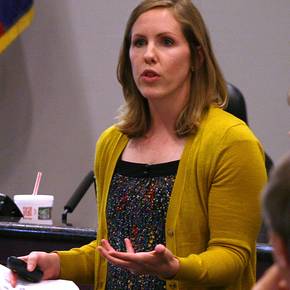
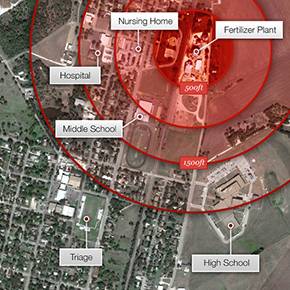
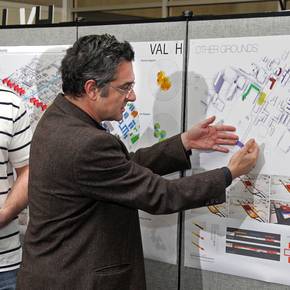

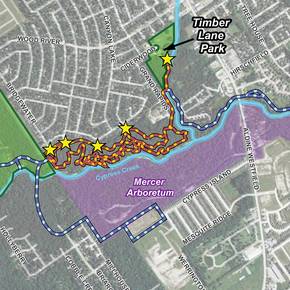
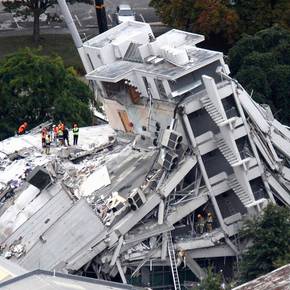
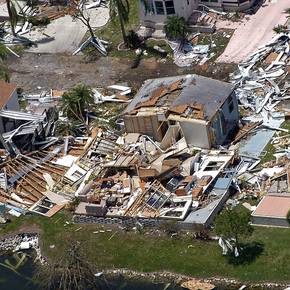
urban systems

TTC helping small towns make plans
posted
July 29, 2013
In partnership with Texas A&M’s AgriLife Extension Service, the Texas A&M College of Architecture is expanding its 25-year-old Texas Target Cities program that helps communities lacking resources and expertise resolve issues critical to their future.
Nation's safety enhanced by resiliency studies
posted
July 15, 2013
Though natural and man-made disasters are inevitable, scientists at the Texas A&M College of Architecture are working on ways to minimize their impact, hasten recovery and gain valuable insight from the process.

Students creating high-density plans for Texas A&M
posted
February 28, 2013
With guidance from award-winning architect Miguel Roldán, graduate architecture students are developing plans and high-density building solutions for the future growth of Texas A&M's College Station campus.
Texas Grow! Eat! Go! initiative promotes vegetable gardening
posted
February 5, 2013
The “Texas Grow! Eat! Go!” family gardening initiative is part of an obesity study headed by Judy Warren, a faculty fellow at the College of Architecture's Center for Health Systems & Design.

Student-designed suburban park benefits residents
posted
January 31, 2013
Residents in a suburban area north of Houston can jog, hike, fish or observe nature in a award-winning park system primarily designed by landscape architecture students at Texas A&M.

Lindell aids disaster mitigation initiative in New Zealand
posted
November 14, 2012
Texas A&M urban planning professor Michael Lindell is part of an interdisciplinary team advising policymakers in earthquake-prone New Zealand on issues related to natural hazard mitigation, readiness, response and recovery.

HRRC examining implementation of local hazard plans
posted
August 2, 2012
Researchers at Texas A&M's Hazard Reduction and Recovery Center are investigating why the proliferation of hazard mitigation planning by local governmental agencies in disaster prone regions along the U.S. Atlantic and Gulf coasts has not significantly reduced their vulnerability.
Follow Us
Facebook Twitter Vimeo Youtube Flickr RSS
Recent Posts

Planning prof heads study of disaster housing aid
June 12, 2020

A message from the dean
June 2, 2020

Former student remembered as expert planner
April 16, 2020

Leading educator named new head of Architecture Dept.
April 1, 2020

COVID-19 tests given in student-built clinic
March 30, 2020



_thumbnail_small.png)
